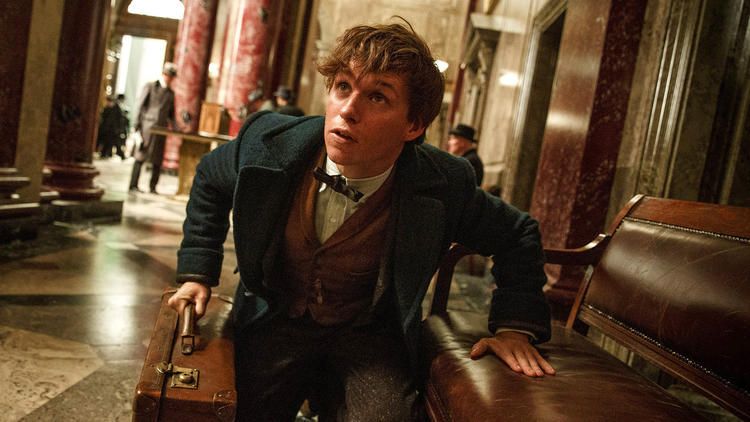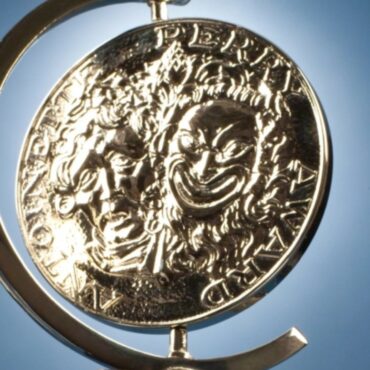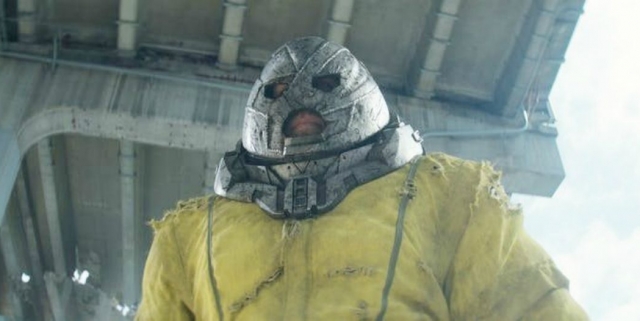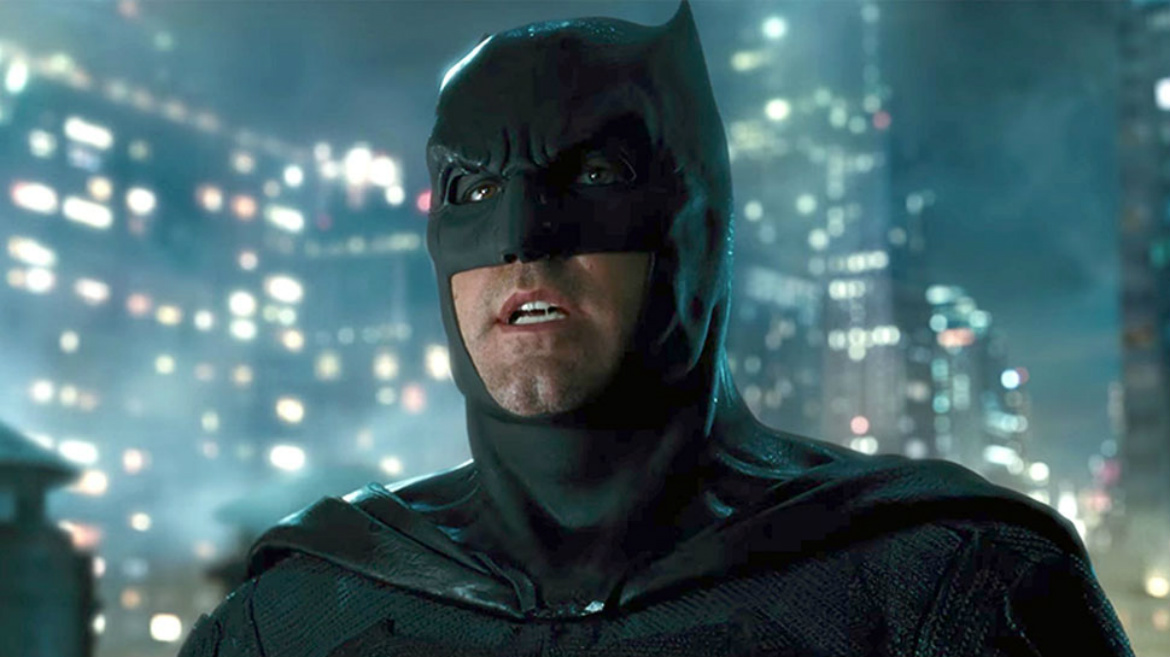chevron_left
-
play_arrow
NGradio So good... like you
‘Harry Potter’ prequel ‘Fantastic Beasts and Where to Find Them’ casts a faltering spell

share
close
Is anyone safe?” That troubling newspaper headline appears mere seconds into “Fantastic Beasts and Where to Find Them,” a movie about a world being steadily torn apart by panic, violence, xenophobia and political revolt — you know, a fantasy.
The setting of this rambunctious entertainment is New York City, 1926 — an ocean away from Hogwarts School of Witchcraft and Wizardry, and several decades before a boy named Harry Potter would forever change the course of magical history, to say nothing of bestseller lists and box-office records.
Warner Bros., which transformed J.K. Rowling’s beloved seven-book series into a sterling eight-film franchise, is clearly hoping that the association will be enough for longtime fans to embrace this smoothly assembled, menagerie-themed offshoot from the “Harry Potter” cinematic universe. To that end, the studio has reenlisted David Yates, the fine director of the final four “Harry Potter” movies, and brought back a few other gifted alumni for below-the-line duty, including production designer Stuart Craig, editor Mark Day and visual effects supervisors Tim Burke and Christian Manz.
But the most significant talent the filmmakers tapped was Rowling herself, who, having already churned out a stage-bound sequel (“Harry Potter and the Cursed Child”), now earns her first screenplay credit with this cinematic prequel. Although written directly for the screen, “Fantastic Beasts and Where to Find Them” shares its title with a zoology textbook, written by one Newt Scamander, that popped up as assigned Hogwarts reading in “Harry Potter and the Sorcerer’s Stone.” (A “copy” of Scamander’s book, written by Rowling herself, was published in 2001.)
At the very least, this movie and its four expected follow-ups will be spared the obsessive page-to-screen comparisons that greeted the earlier “Harry Potter” cycle. As the series progresses, I suspect that Rowling’s mastery of intricate, long-arc storytelling will eventually reassert itself. The clues that she has strewn throughout, the name “Albus Dumbledore” not least among them, will snap satisfyingly into place, and — Prequelus Totalus! — the puzzle’s larger meaning will be revealed.
Until then, it’s not terribly hard to enjoy “Fantastic Beasts and Where to Find Them,” a lively, fast-paced adventure that balances high-spirited whimsy and darkly brooding atmosphere in the usual Rowling tradition. But it’s also not hard to feel a twinge of skepticism, a nagging suspicion that this busy, proficient, uninspired movie is soliciting not our sense of wonderment so much as our brand loyalty. The blockbuster imperatives that support a franchise of this magnitude are nothing new, but all too often you may well find yourself thinking the same thing about the movie itself.
Our guide to Rowling’s Roaring ’20s is Newt Scamander himself (Eddie Redmayne), a world-traveling British “magizoologist” in a peacock-blue coat who specializes in the study, collection and care of magical creatures. You may recognize some of these computer-generated critters from the margins of Rowling’s earlier novels, such as the Niffler, a duck-billed rodent with a mischievous taste for anything shiny, or the Bowtruckle, a shy, twig-like tree dweller that might be an early ancestor of Groot’s.
These and other fantastic beasts — Erumpents, Mooncalves, Swooping Evils and other names you won’t find on the endangered species list — are part of a private menagerie that Newt keeps stashed in his magical briefcase. Viewed all together, in the movie’s central set-piece, they offer perhaps the most diverse collection of bizarre body shapes and alien-like protuberances since your last visit to the Mos Eisley Cantina, though not necessarily the most diverting.
Don’t get me wrong. It’s understandable enough that the makers of a movie called “Fantastic Beasts and Where to Find Them” wouldn’t want to be accused of false advertising. But Yates and his collaborators seem enamored of their “Jumanji”-on-acid zoo exhibit in a way that is easier to admire than to share. At a certain point, the animals start to feel like a frenetic distraction from the movie’s more pressing human concerns. (There’s a reason Harry, Ron and Hermione stopped visiting Hagrid’s cottage after a while.)
Unfortunately, when Newt has the misfortune to let a few of his beasts loose on the streets of New York, he soon finds himself embroiled in the ugly tensions riling this corner of the wizarding world. While the nonmagical Muggles — or No-Majs, as they are called Stateside — live in blissful ignorance of the wizards and witches among them, the promise of peaceful coexistence, always precarious even in the best of times, has come under extremist threats from within and without.
Members of the Magical Congress of the United States of America (MACUSA), led by the imposing President Seraphina Picquery (Carmen Ejogo) and her security chief, Percival Graves (Colin Farrell), are troubled by the activities abroad of Gellert Grindelwald, a sinister proto-Voldemort figure who has risen on a tide of wizard-supremacist sentiment.
At the other end of the spectrum is Mary Lou (Samantha Morton), the severe leader of an anti-magic group known as the Second Salemers, who resemble refugees from a future touring production of “The Crucible.” Their cause is taken up in part by Langdon Shaw (Ronan Raftery), the black-sheep son of a William Randolph Hearst-style newspaper magnate (Jon Voight).
Naturally, the task of easing these conflicts falls to a scrappy band of outsiders, led by Newt, the eccentric foreigner, and Tina Goldstein (Katherine Waterston), a former magical investigator trying to earn her way back into MACUSA’s good graces. They also stumble on an unexpected ally in Jacob Kowalski (an endearing Dan Fogler), a good-hearted working-class New Yorker who yearns only to open his own bakery and winds up bitten by a Murtlap — which struck me as a kind of armadillo-sea anemone hybrid — for his troubles.
Like an optimistic stand-in for the No-Majs in the audience, the wide-eyed Jacob soon finds himself happily lost in this world of enchantments — few of them more spellbinding than Tina’s mind-reading sister, Queenie (Alison Sudol), who brings a warm flush of romance to the movie’s muted, pre-Depression palette. (With her red hair and affinity for Muggles, is Queenie perhaps related to the Weasley family? Time will tell.) But for all its eccentric, period-appropriate touches — the flapper house-elf gets a nice chuckle — the movie at times makes for surprisingly grim going.
Suspicion, paranoia, collective amnesia and other troubling real-world undercurrents are nothing new in Rowling’s universe. The “Harry Potter” series effectively told the story of a civil war seven years in the making, waged by wizards with an obsession with blood purity and an inherent distrust for presumed-inferior species. A popular storyteller and a committed anti-populist, Rowling hasn’t hidden the influence of recent headlines on her work, which would be implicit even if she hadn’t spoken out against Brexit or compared Donald Trump to Voldemort.
As allegories go, “Fantastic Beasts and Where to Find Them” is elastic enough to support any number of readings. In the wake of several violent attacks on New York, causing all manner of social, political and architectural upheaval, the movie makes the compelling argument that the willful repression of one’s supernatural abilities can lead only to destruction and chaos — a point that harks back to Bryan Singer’s “X-Men” movies, with their resonant subtext equating mutant powers with homosexuality.
The specter of comic-book-based franchise filmmaking is not one to be invoked lightly. Like any number of action-adventure movies that seem to exist mainly to ensure your interest in the next one, “Fantastic Beasts and Where to Find Them” gestures in the direction of topical relevance, mistakes a lot of noisy digital spectacle for drama, and introduces a host of characters who are just engaging enough that you wouldn’t mind seeing them again.
In short, it both benefits and suffers from the relentless commercial logic that has, for the moment, placed a bit of a stranglehold on its own considerable magic.
Source: latimes.com
Written by: New Generation Radio
Rate it
Similar posts
ΔΗΜΟΦΙΛΗ ΑΡΘΡΑ
COPYRIGHT 2020. NGRADIO




















Post comments (0)